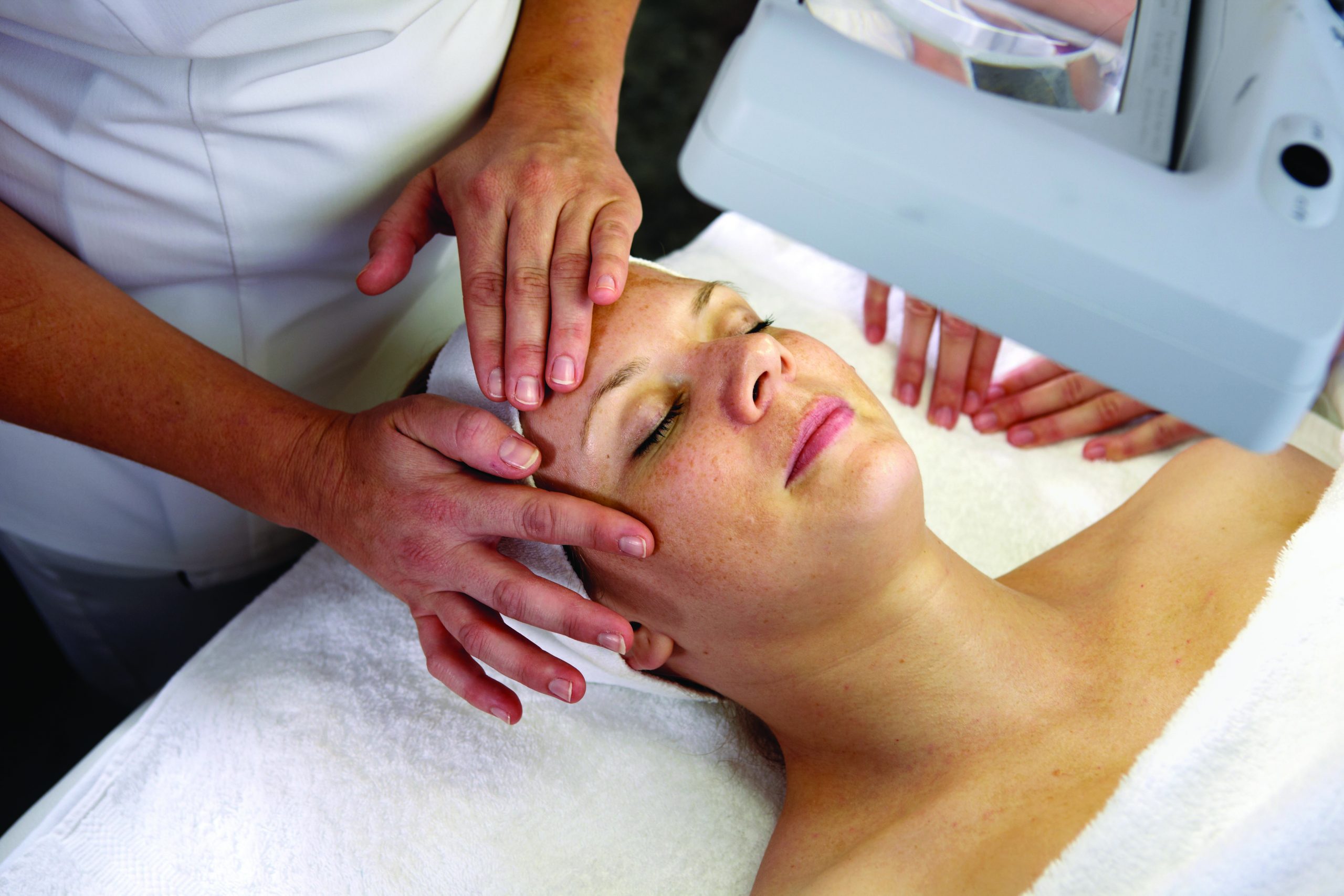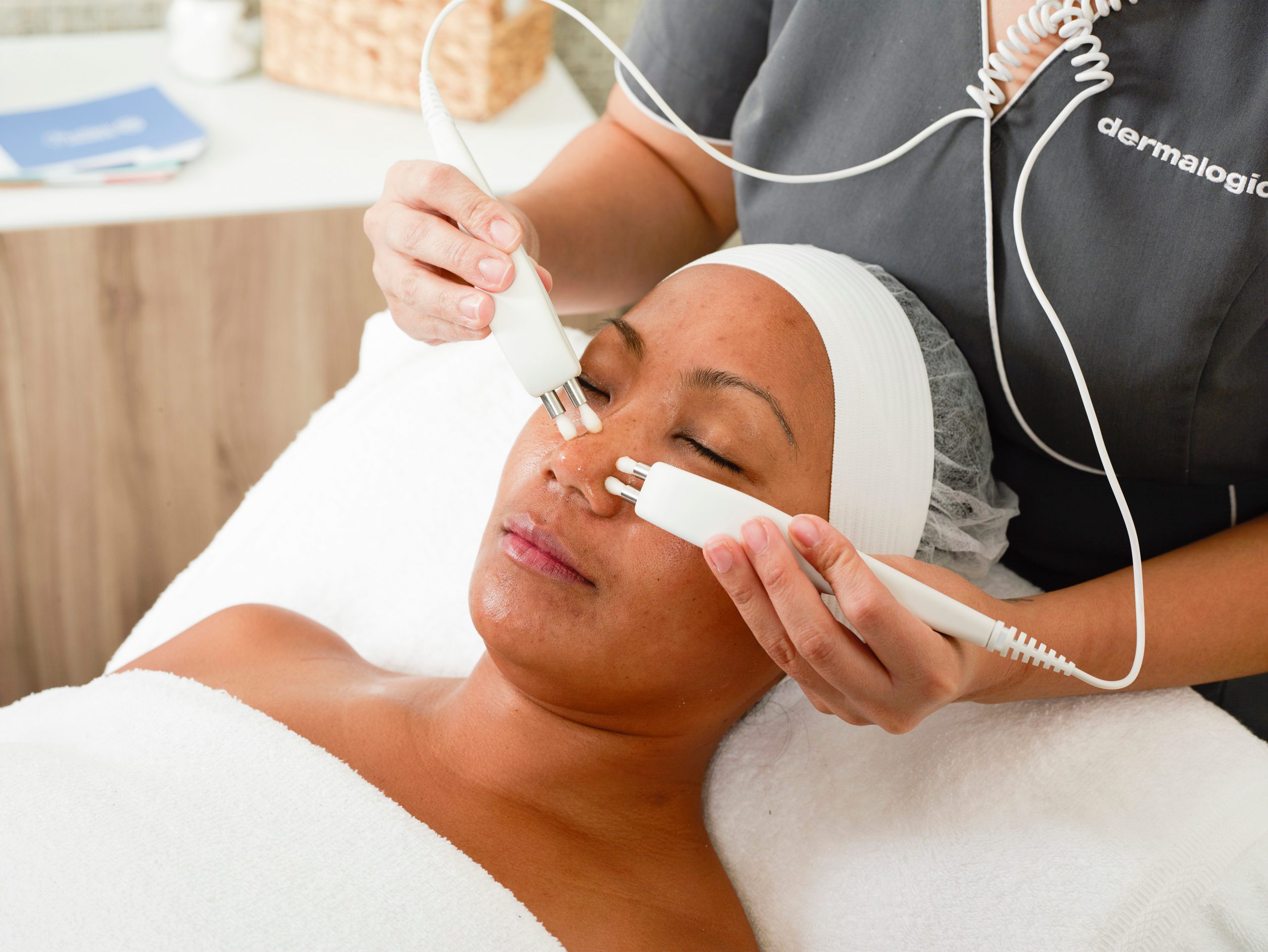
Like many people, childhood holidays were always spent on the beach, where young tender skin was exposed to the elements sun up to sun down. Mum’s beach bag contained the ‘Sun Oil’ and her first-aid bag the calamine lotion. If only we had known then what we know now about the dangers of the sun.
Believe it or not, there are many people that are still uninformed about the importance of sun protection. Here are some common questions (or excuses) that we often hear from clients with ways to explain or debunk myths about sun safety.
Q: The sun will dry up my spots.
A: FALSE
As you unwind on the beach and relax, stress hormones will begin to level out and eventually dwindle. As acne is exacerbated by stress, it makes sense that as we relax, acne may improve. You may be in and out of salt water and chlorine, which can also dry up spots. Overall it may seem that acne breakouts have cleared…wrong! The heat and often clogging sunscreens will cause oil to speed up production and skin to be in overdrive, leaving you with the same issues. There are plenty of SPF options for oily or acneic skins that will not clog but rather keep skin hydrated, while prevent more serious UV damage. Seek relaxation but avoid the sun!
Q: I only need sunscreen when it’s sunny.
A: FALSE
UVA rays are the longest rays in the spectrum and penetrate to the deeper layers of the skin all year round, including winter months. UVA rays cause damage at a cellular level, making them responsible for most skin cancers and the main cause of visible aging in the form of wrinkles, sagging and sun spots. Other signs of damage are small blood vessels and spider veins on the face, neck and chest. UVA also goes through glass including most car windows and is present on cloudy days as well as sunny days. Protecting daily with a Broad Spectrum (filters both UVA and UVB) sunscreen should be included in everyone’s skin care regime.
Q: How much sunscreen do you need for a face and neck application?
A: FULL TEASPOON
A full teaspoon for face and neck is a good rough guide—though it’s better to be more generous than to skimp. More importantly, to ensure an SPF is doing its job it needs to be applied 30 minutes prior to sun exposure, so don’t wait until you are on the beach before applying. Remember you need to re-apply regularly, especially if swimming, sweating or if removing with a towel, think about when eating drinking and wiping your mouth.
Q: The SPF in my makeup protects my skin.
A: FALSE
The problem with relying on the SPF in your makeup is that you’re just not getting enough of it. You should wear at least an SPF of 15, but an SPF of 30 is ideal and topped up every 2 hours. The easiest solution is to use a moisturiser or primer (or both!) that also contain sunscreen. It’s fine to have sunscreen in your makeup, but consider it an added bonus, not your main safeguard.
Q: Two layers of SPF15 make an SPF30.
A: FALSE
Adding another layer on top of an existing layer of sunscreen does not double the sun protection factor. Two layers of an SPF 15 sunscreen remains an SPF 15 and does not become an SPF 30. Re-apply every 2 hours if outside in summer months or on holiday in the sun.
stay in the know
Get special offers on the latest developments from Front.



